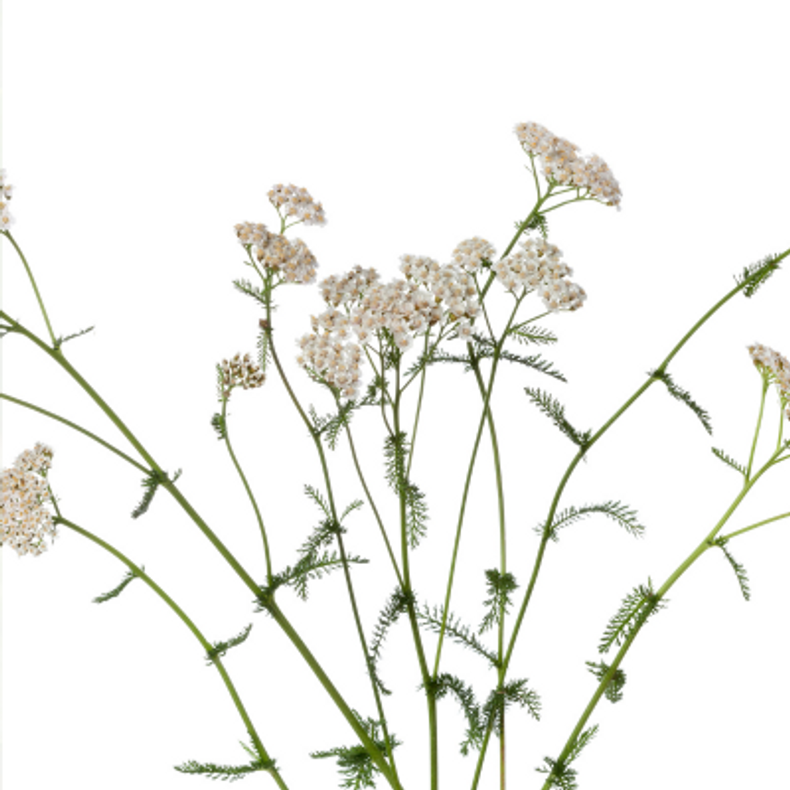
The Best Herb To Grow In Your Yard For Emergencies: Yarrow
In emergency situations, having access to versatile, effective medicinal herbs can be invaluable. Among the many herbs available, yarrow (Achillea millefolium) stands out as one of the best to grow for emergencies due to its wide range of medicinal properties and its ease of cultivation. Historically, it was used by WWI soldiers in the battlefield to treat wounds. If I could grow only one herb, this would be the one.
Why Yarrow?
Yarrow has been used for centuries in traditional medicine for its powerful healing and astringent properties. It is known for its ability to:
1. Stop Bleeding: Yarrow is a hemostatic, meaning it can help stop bleeding from cuts and wounds. This makes it essential for first aid in cases of minor injuries.
2. Reduce Fever: As a diaphoretic, yarrow can induce sweating and help lower fevers, which is useful in managing infections.
3. Anti-inflammatory: It has anti-inflammatory properties that can help reduce swelling and pain in injuries or inflammatory conditions.
4. Antimicrobial: Yarrow possesses antimicrobial properties that can help prevent infections in wounds.
5. Digestive Aid: It can be used to soothe digestive issues, including cramps and indigestion, which might arise during stressful situations.
How to Grow Yarrow
Yarrow is a hardy perennial that is relatively easy to grow and care for. Here’s how you can cultivate it:
- Soil: Yarrow thrives in well-drained soil and can tolerate poor soil conditions.
- Sunlight: It prefers full sun but can also grow in partial shade.
- Watering: Yarrow is drought-tolerant and requires minimal watering once established. Overwatering should be avoided as it can lead to root rot.
- Planting: You can plant yarrow from seeds, cuttings, or transplants. It’s best to plant in the spring or fall.
- Maintenance: Yarrow spreads quickly, so it may need to be divided every few years to prevent overcrowding. Deadheading spent flowers can encourage more blooms.
Using Yarrow in Emergencies
Stopping Bleeding: Crush fresh yarrow leaves and apply them directly to cuts or wounds to help stop bleeding. In a pinch, you can place some yarrow in your mouth and chew it to make a poultice and apply topically.
Fever Reduction: Brew yarrow leaves and flowers into a tea to help reduce fever by promoting sweating. Use 1-2 Tablespoons fresh herb per cup of boiling water, or 1-2 teaspoons dried herb per cup of boiling water and allow to steep for at least 30 minutes.
Anti-inflammatory Compress: Make a compress with yarrow tea or a poultice with fresh leaves to apply to swollen or inflamed areas.
Preventing Infections: Clean wounds with diluted yarrow tea to take advantage of its antimicrobial properties.
Yarrow is an invaluable herb to grow for emergency situations due to its versatile medicinal properties. It’s easy to cultivate and maintain, making it a practical addition to any home garden. Whether you need to stop bleeding, reduce fever, fight inflammation, prevent infections, or soothe digestive issues, yarrow offers a natural and effective solution. By growing yarrow, you can ensure you have a powerful herbal remedy at your fingertips in times of need.



